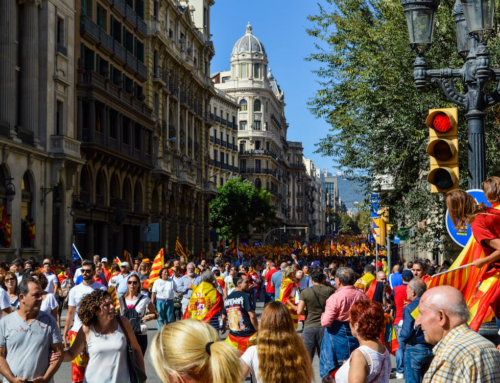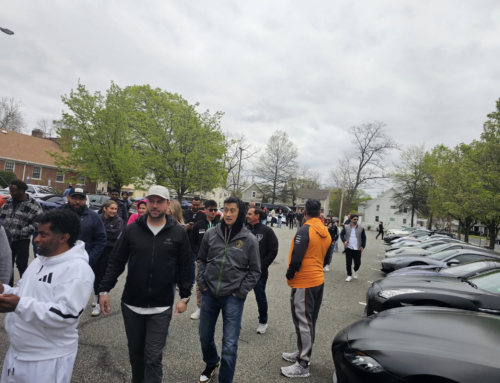When large crowds gather for concerts, sports games, festivals, or political rallies, the energy is high, but so is the risk. In the face of unexpected emergencies or active threats, a well-executed evacuation plan can mean the difference between chaos and control. And at the heart of that control? Armed security professionals.
Trained, prepared, and highly visible, armed personnel don’t just respond to emergencies—they help prevent them from spiraling. Here’s how they play a vital role in keeping evacuation protocols tight, effective, and life-saving.
1. Maintaining Order and Route Control
In an emergency, crowd movement becomes unpredictable. Panic can lead to bottlenecks, trampling, or people heading in the wrong direction. Armed security teams help manage evacuation routes, ensuring that people move efficiently and safely toward designated exits.
How they do it:
Strategic Placement: Security officers are stationed at key entry and exit points, ready to direct crowds.
Barrier Control: They can secure areas or redirect foot traffic to avoid congestion.
Rapid Mobilization: Trained to respond in seconds, they can quickly adjust evacuation plans as situations evolve.
2. Preventing and Containing Panic
People panic when they don’t feel safe. But the presence of calm, authoritative armed personnel can go a long way in reassuring attendees during a high-stress situation.
How they do it:
Visible Authority: Uniformed, armed personnel act as visual anchors that help maintain order.
Verbal De-escalation: Officers are trained in crowd control techniques that reduce fear and aggression without escalating tension.
Protective Presence: Just knowing trained professionals are in place can deter bad actors and reduce panic-driven decisions.
3. Real-Time Communication with Emergency Responders
Time is critical during emergencies. Armed security teams are trained to act as a direct line of communication between event organizers and emergency services, allowing for faster, coordinated responses.
How they do it:
Two-Way Radios: Armed officers use secure channels to relay situational updates in real time.
On-Site Coordination: Officers often work alongside EMS, fire departments, and police to synchronize efforts.
Intelligence Gathering: By reporting key observations early, they help responders make smarter decisions faster.
4. Supporting Safe Reentry or Lockdown Procedures
Emergencies don’t always end with evacuation. Sometimes, eventgoers need to be secured indoors or reentered into a safe zone. Armed officers are trained for both lockdowns and controlled reentry.
How they do it:
Crowd Management: Officers ensure only authorized individuals reenter safe zones.
Threat Containment: Armed personnel can neutralize threats before they spread to other areas.
Ongoing Monitoring: Their presence extends beyond the initial event, maintaining security as responders assess the situation.
Trust the Experts in Armed Security
Large events require armed professionals who understand the urgency, precision, and responsibility of emergency evacuations. With Operational Police Protective Services, you get a trusted partner in safety.
Don’t leave event safety to chance. Partner with Operational Police Protective Services for reliable, professional armed security in Virginia. From off-duty police to protective services, we’re prepared for the unexpected. Contact us today to learn how we support your next event.








Leave A Comment
You must be logged in to post a comment.